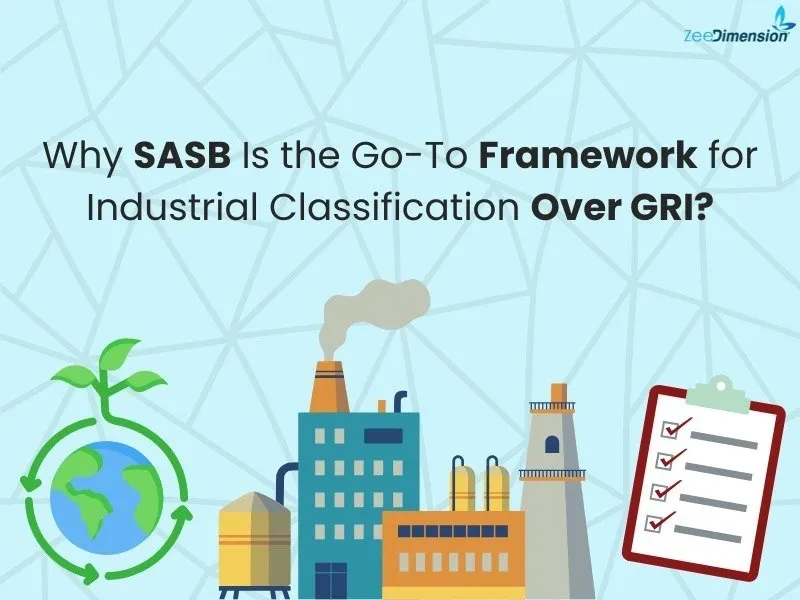
In today’s world, sustainability reporting is crucial for firms to showcase their (ESG) performance. While multiple frameworks are available, the Sustainability Accounting Standards Board (SASB) has become the preferred choice for industry-specific sustainability reporting, surpassing the more generalist Global Reporting Initiative (GRI). This article will explore why SASB is the best framework for industrial classification, highlighting its industry-specific focus, investor alignment, and seamless integration into financial reporting. Discover why SASB should be your go-to framework for sustainability reporting.
1- Industry-Specific Standards
-
SASB: Tailored for 77 industries, addressing unique sustainability challenges and metrics.
-
Example: Oil & Gas focuses on emissions; Financial Services prioritizes data security.
-
GRI: Provides a universal approach but lacks industry-specific granularity.
SASB ensures relevance by addressing the unique needs of each sector.
2- Financial Materiality
-
SASB: Focuses on financial material issues impacting company performance.
-
GRI: Broader scope, addressing economic, environmental, and social impacts.
Why it matters: SASB helps businesses and investors focus on key financial risks and opportunities.
3- Investor Focus
-
SASB: Designed for investors, enabling them to assess sustainability risks and opportunities.
-
GRI: Caters to a broader audience, including governments and NGOs.
SASB provides the insights investors need to make informed decisions.
4- Integration with Reporting
-
SASB: Easily integrates into financial reports like annual filings (e.g., Form 10-K).
-
GRI: Often requires standalone sustainability reports.
SASB aligns sustainability with financial disclosures, making it more practical for businesses.
5- Regulatory Alignment
-
SASB: Aligns with global regulatory trends, such as ISSB standards on financial materiality.
-
GRI: Broader framework, less directly aligned with emerging regulations.
Stay ahead of compliance by leveraging SASB’s regulatory-friendly approach.
Conclusion
Choosing SASB for industrial categorization has various benefits. It gives an industry-specific focus, ensuring that the standards apply to your area. The emphasis on financial materiality highlights the most critical issues, which align with investor objectives. SASB standards are smoothly integrated with financial reporting, making it easy to incorporate sustainability data into your current frameworks. They also ensure regulatory readiness, which helps your organization stay compliant with changing requirements. Overall, SASB enables businesses to align sustainability with industry needs and generate long-term value.
Call to Action
Ready to make your sustainability reporting more impactful? Reach out to learn how to leverage SASB for your industry’s success!







